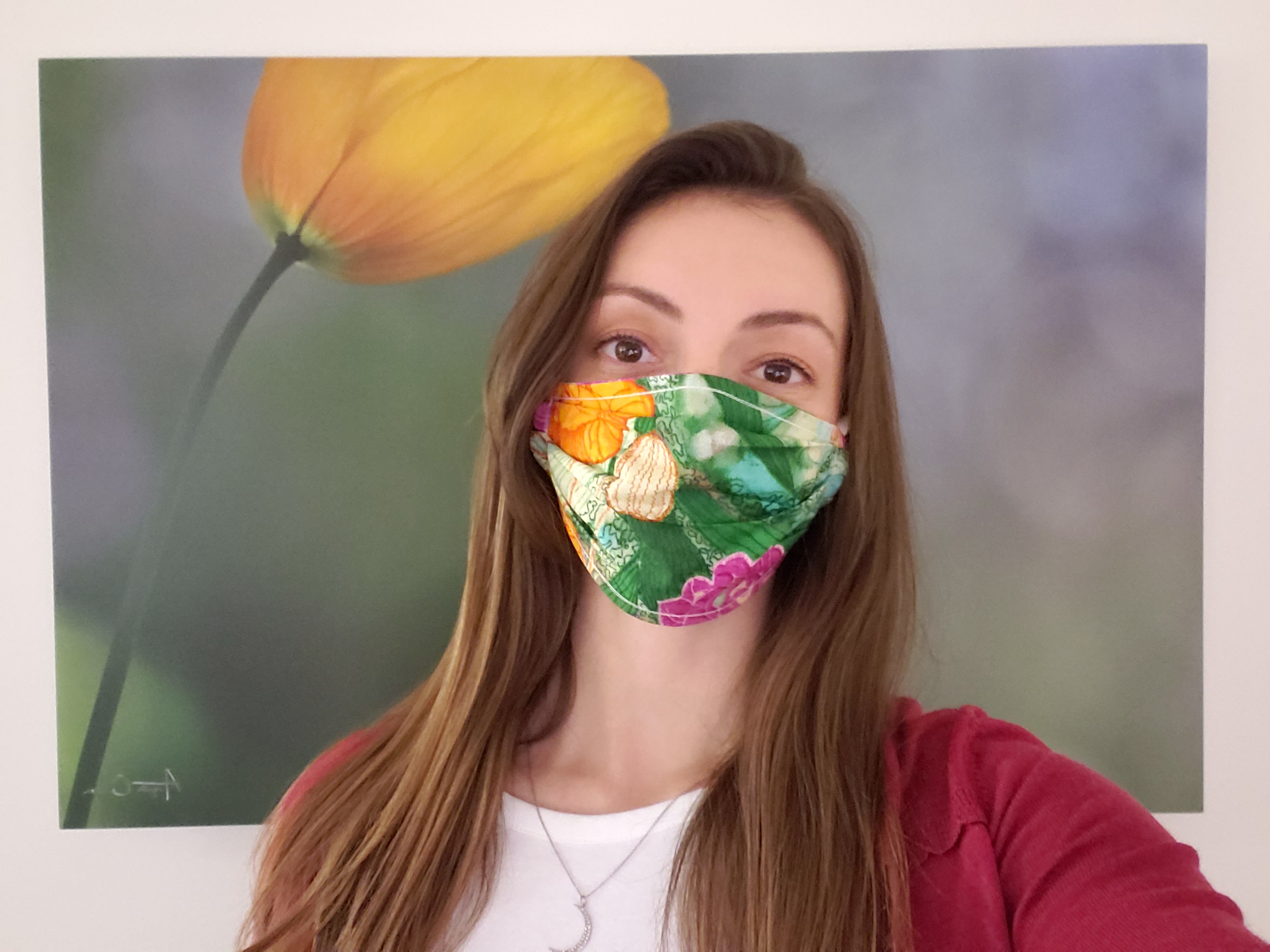
Guidance for Wearing Cloth Face Coverings or Masks (Non-Medical Masks)
Our best defense against COVID-19:
- Wash hands frequently
- Avoid touching eyes, nose and mouth with unwashed hands
- Avoid being around sick people
- Physical distancing (stay 6 feet apart from others)
- Stay home
Physical distancing saves lives. Please stay home, unless you are an essential worker or need to go out for essential supplies such as groceries.
If you need to go out into the community for essential trips, there may be some benefit to reducing asymptomatic transmission of COVID-19 by wearing face coverings. Face coverings are not a substitute for physical distancing.
If you choose to wear face coverings, Pomona Valley Hospital Medical Center urges you wear cloth face coverings and to refrain from purchasing and using medical and surgical masks, which are desperately needed by our frontline healthcare workers.
What is a cloth face covering?
A cloth face covering is material that covers the nose and mouth. It can be secured to the head with ties or straps or simply wrapped around the lower face. It can be made of a variety of materials, such as cotton, silk, or linen. A cloth face covering may be factory-made or sewn by hand, or can be improvised from household items such as scarves, bandanas, T-shirts, sweatshirts, or towels. If your face covering has the same print on both sides, be sure to mark which is the inside and outside, so you know which side touches your face.
How well do cloth face coverings work to prevent the spread of COVID-19?
There is evidence to suggest that use of cloth face coverings by the public during a pandemic helps reduce disease transmission. Their primary role is to reduce the release of infectious particles into the air when someone speaks, coughs, or sneezes, including someone who has COVID-19 but feels well. Cloth face coverings are not a substitute for physical distancing, washing hands and staying home when ill, but they may be helpful when combined with these interventions.
When should I wear a cloth face covering?
Wearing a cloth face covering when you must be in public for essential activities, such as shopping at the grocery store. Wearing a cloth face covering does not eliminate the need to physically distance yourself from others.
How should I care for a cloth face covering?
It's a good idea to wash your cloth face covering frequently, ideally after each use, or at least daily. Have a bag or bin to keep the cloth face covering in until it can be laundered with detergent and hot water and dried on a hot cycle. If you must re-wear your cloth face covering before washing, wash your hands immediately after putting it back on and avoid touching your face. Discard cloth face coverings that:
- No longer cover the nose and mouth
- Have stretched out or damaged ties or straps
- Cannot stay on the face
- Have holes or tears in the fabric
How to Place and Remove Face Coverings
Watch a video on how to properly put on and take off a cloth face covering here.
Take care, stay safe and know that Pomona Valley Hospital Medical Center is here to care for you.
